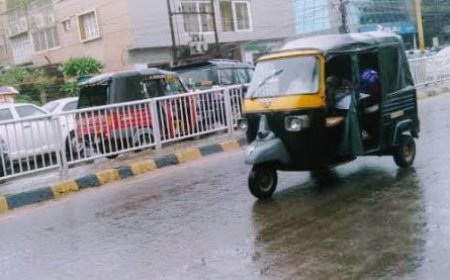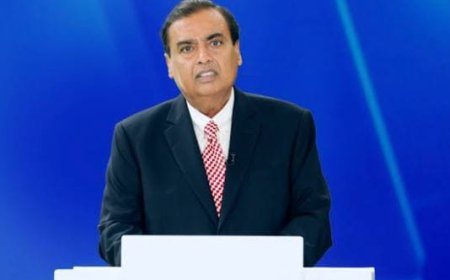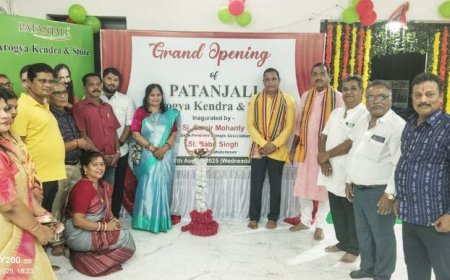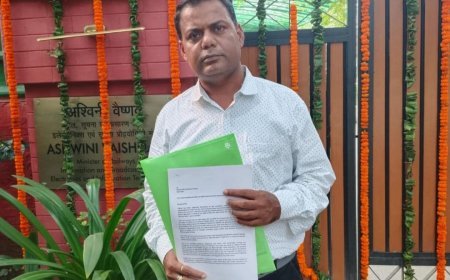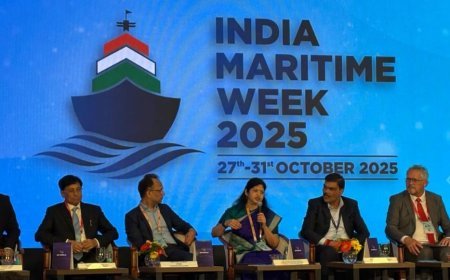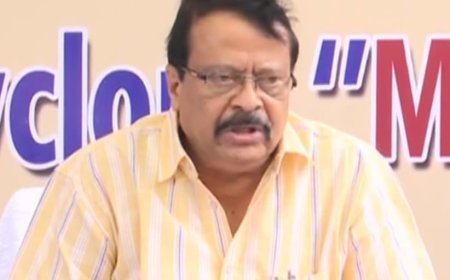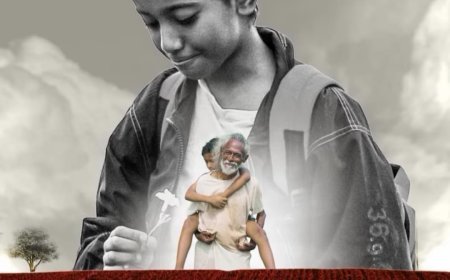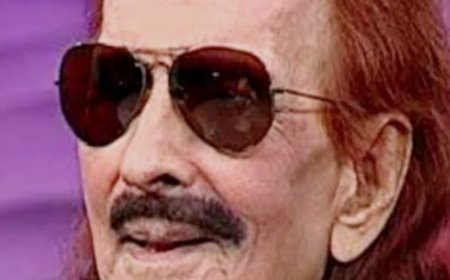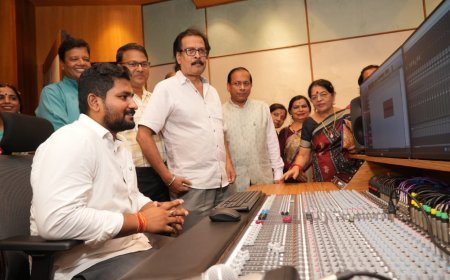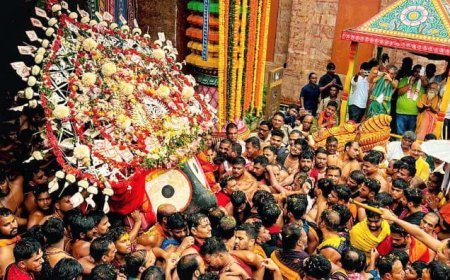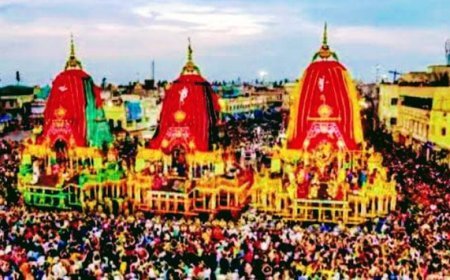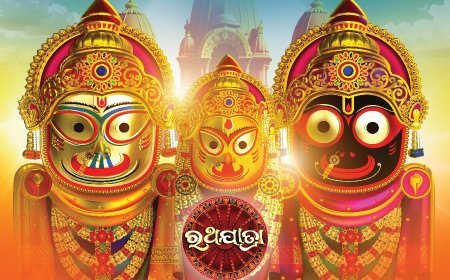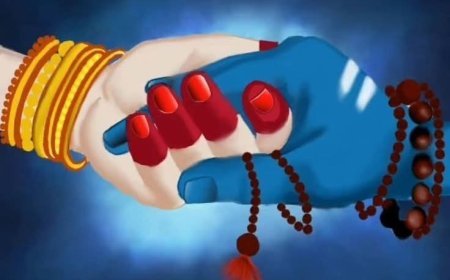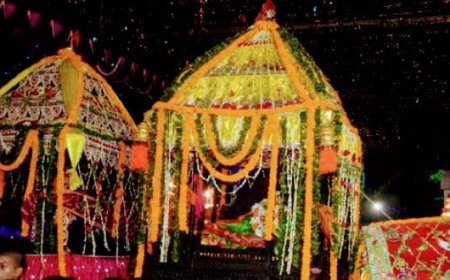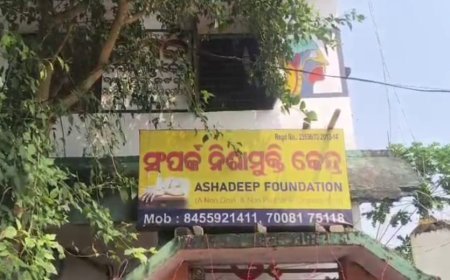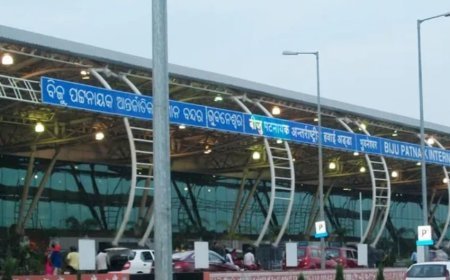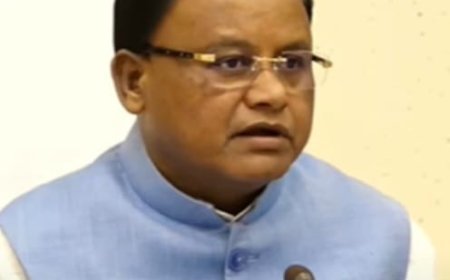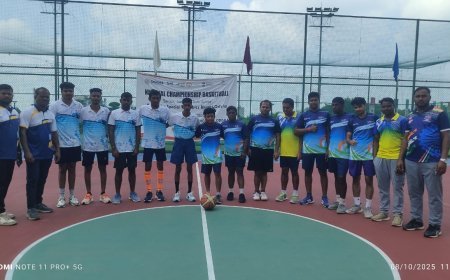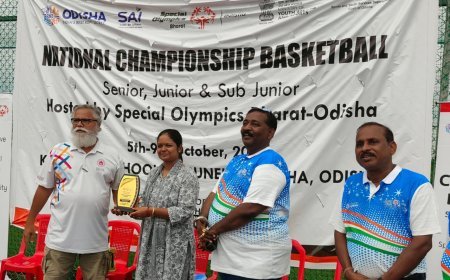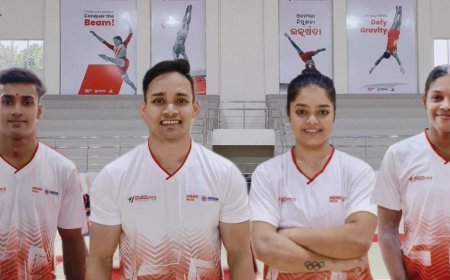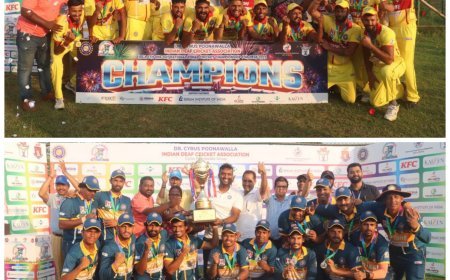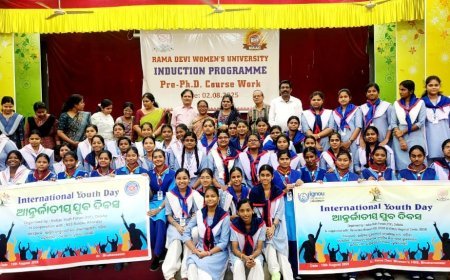One India, One Vision: Upholding Sardar Patel’s Legacy of Unity and Progress Dr. Wahengbam Rorrkychand Singh
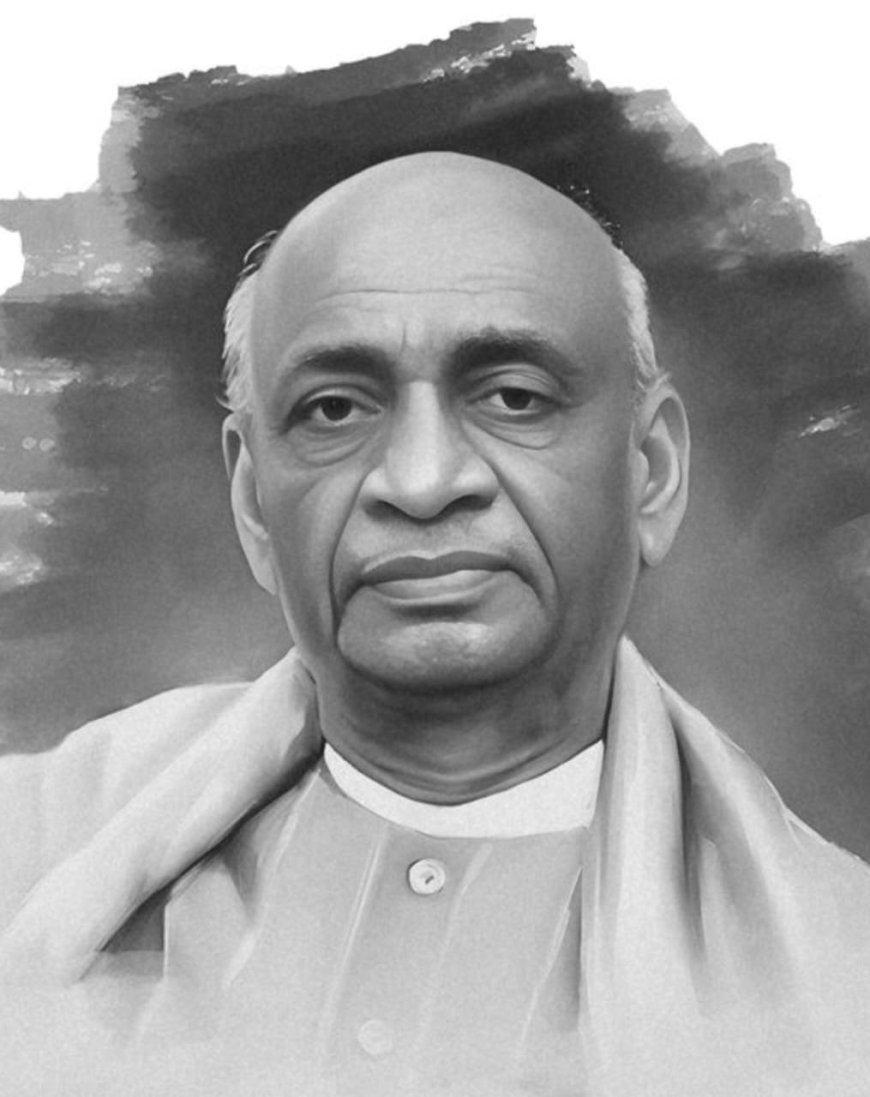
On this 31st October, as the nation marks Rashtriya Ekta Diwas and the 150th birth anniversary of Sardar Vallabhbhai Patel, the message is both timeless and urgent: a united India is not just our heritage, but our most enduring strength.
From the first day of independence to today’s global and regional challenges, India’s unity has been the anchor of its advancement. Yet that unity is neither automatic nor unchallenged. It must be actively sustained, creatively renewed and firmly defended. In that task, Sardar Patel’s vision remains a guiding light.
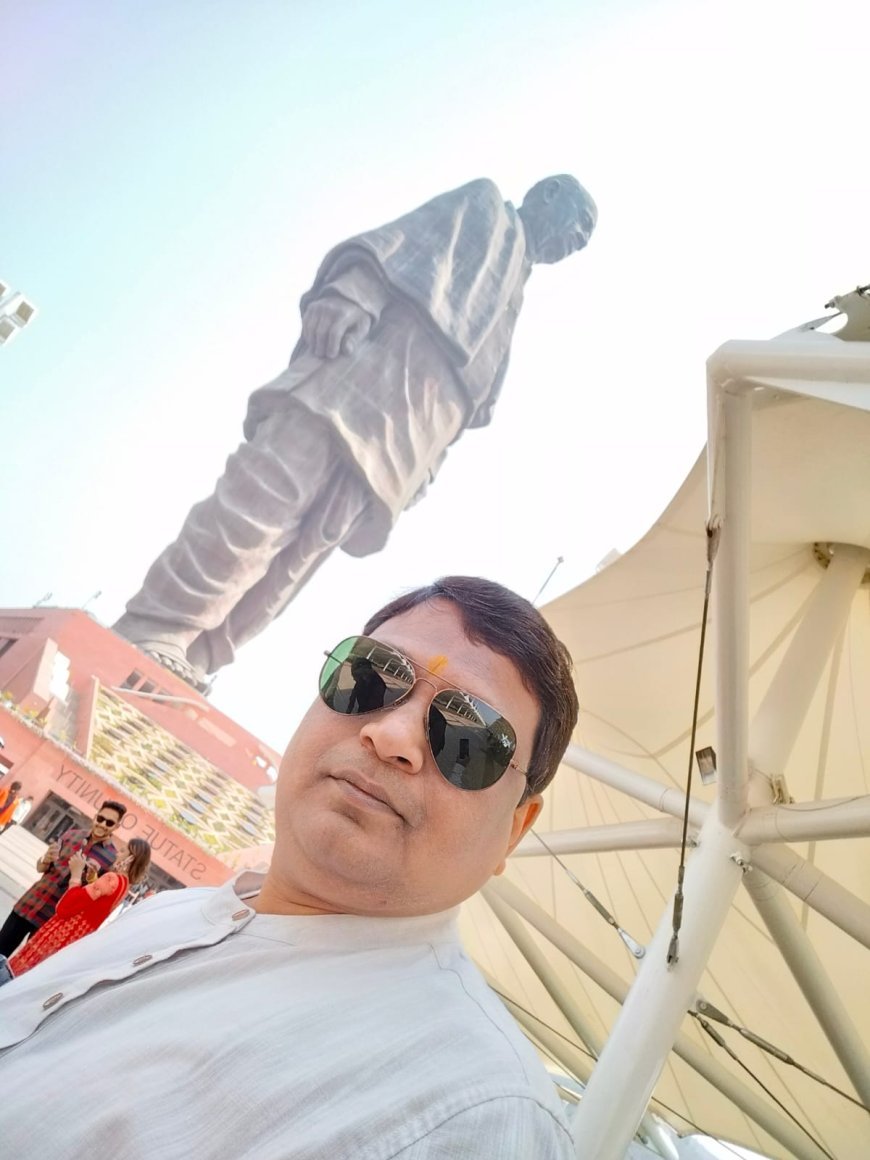
A Legacy of Integration
When India emerged from colonial rule in 1947, the task facing the new nation was immense. Over 560 princely states, diverse in size, culture and administrative tradition, existed alongside British India. The question was not merely whether they would surrender sovereignty, but whether India would emerge as a single nation or fragment into smaller units. Sardar Patel took that decision as a personal mission.
His approach was firm yet inclusive. He believed that the nation’s interest must prevail, but he also respected the dignity of every constituent. The creation of the Instrument of Accession, steady negotiations and where necessary, decisive administrative action, all combined to bring the princely states into the Union of India. That achievement laid the foundation of the India we know today.
Importantly, this was not only about geography. Patel insisted on creating institutions that linked the Centre with states and citizens with government. He helped shape what came to be called the“steel frame” of the republic: the All-India Services, the police and administrative mechanisms that uphold national unity in day-to-day governance. This framework remains central to the stability of India’s democracy.
Unity Through Diversity
Patel’s achievement was structural. But unity is not achieved simply by drawing lines on a map or signing treaties. Union is lived in marketplaces, festivals, languages, arts, in the very breath of the people.
India is a mosaic: hundreds of languages, thousands of communities, countless traditions. Yet year after year, festival after festival, these diverse threads weave themselves into the fabric of one nation. That is the nation’s strength. To preserve that strength, diversity must be celebrated. Women, in particular, play a vital role: they nurture traditions, organise neighbourhood life, sustain local culture and act as the unsung custodians of unity.
Culture and art are the social glue that binds diversity into unity. And security institutions such as the police and the Central Armed Police Forces (CAPFs), provide the safe environment in which that glue can hold. Without peace, diversity can become division; without institutions, culture risks fragmentation.
Institutional Pillars of Peace and Stability
Unity in India demands more than cultural harmony. It requires institutions that are strong, impartial, accountable and deeply connected to the public. The police, CAPFs and bureaucratic machinery are not merely tools of the state; they are protectors of plural civic life.
On Ekta Diwas in recent years, one sees officers and citizens marching side by side, the police and communities together in the unity pledge. Institutions are most effective when they are accessible, service-oriented and transparent. The trust of citizens is built when the state works for them, safeguarding equality before the law.
When security and administrative forces perform their duties with integrity, unity is reinforced. People believe that all citizens, regardless of region, religion, caste, or creed, are treated fairly. In that belief, the idea of “one India” becomes meaningful.
From Symbol to Substance
India has erected monuments to remember those who forged its unity. The Statue of Unity at Kevadia, standing 182 metres tall, is among the most visible reminders of Sardar Patel’s legacy. Monuments are powerful symbols, but they alone do not preserve unity; they must be accompanied by policy, effort and investment in people.
The introduction of the Sardar Patel National Unity Award in 2019 highlights that legacy is not only to be remembered, but also to be lived. Similarly, Ekta Pledges, Run for Unity marathons and community parades remind citizens that unity is a continuous practice.
Unity also requires economic inclusion, social justice and opportunity. Political integration alone is insufficient; prosperity and resources must reach every corner and every citizen, ensuring that the nation’s strength is felt in tangible ways.
Economic Inclusion as Unity in Action
A united India cannot allow regions or communities to fall behind. Connectivity (roads, railways, digital infrastructure) must reach every village. Opportunity must be equitable. The unity Sardar Patel created was political; today, unity also requires economic and social integration.
When remote districts gain new highways, schools, or hospitals, the message is clear: India’s unity delivers. When youth participate in national programmes, research initiatives, or defence services, they contribute to a shared national identity. Unity is not only the coming together of citizens, it is the shared space of aspirations and opportunity.
Unity in Education and Civic Culture
Education must provide more than technical skills. Civic formation matters. Textbooks that tell young Indians about Sardar Patel should present his challenges, choices and vision honestly. Unity is not uniformity; it is respect for difference within a shared commitment. It is understanding multiple cultures while belonging to one nation.
Schools should encourage debate, constitutional dissent and dialogue across communities. Ekta Diwas should serve not only as a day of ceremonies but also as a day for conversation about what one India means and how each citizen contributes to it. The unity sought is not merely political alignment, it is civic maturity.
The External Context and Internal Resilience
In an age of strategic competition, a strong and united India commands respect. National coherence is critical to foreign policy and global influence. If domestic fault lines weaken, credibility abroad diminishes.
Sardar Patel recognized that unity was both a domestic necessity and a global signal. A united India speaks with authority. When the country is internally divided, its position is weaker. The lessons of Ekta are not only national; they resonate in the international arena as well.
Sardar Vallabhbhai Patel once said:“Every Indian should now forget that he is a Rajput, a Sikh or a Jat. He must remember that he is an Indian”.
This statement remains as relevant today as it was then. Unity is not achieved once and for all. It is a daily practice. The map may be integrated, but the hearts of citizens, the institutions and the culture must remain dynamically united. If past achievements are taken for granted, the possibility of fragmentation grows. Sustained effort, appreciation of diversity and commitment to shared ideals ensure that Patel’s vision continues to guide India’s path forward.
On Rashtriya Ekta Diwas, the tribute to Sardar Patel lies not only in remembrance but in living his legacy: one India, one vision, one determination. May the nation’s union remain strong, its diversity celebrated and its future brighter because citizens choose to stand together.
SATYABRATA JENA, bhubaneswar


